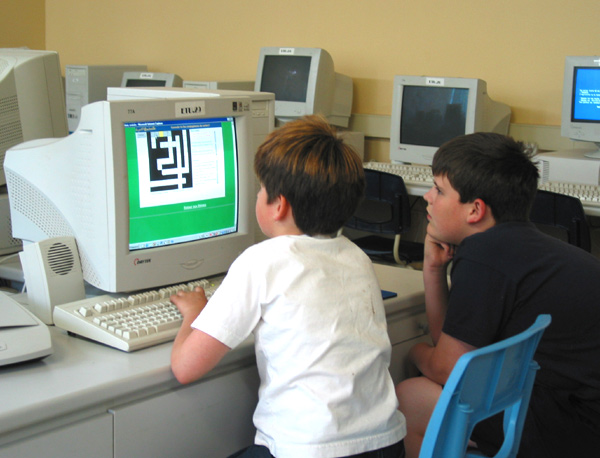How to Choose a Kids Computer

Gone are the days when computers were thought of only as professional tools. Today they are a necessity regardless of age and profession. With media consumption on the rise, personal computers greatly facilitate users and can be extremely helpful when it comes to learning. If your kid(s) is growing up and you feel it is time to get him/her his first personal computer, there are several things you have to keep in mind before investing in a machine.
Instructions
-
1
Needs
Firstly you need to assess your kid’s needs. There is a lot of variety in personal computers with optional components which can improve the user experience. However, you don’t need to invest in the best or a fully loaded setup if homework is all your kid is going to use it for. Consult with your kid and make a small list of all the features you would like in the computer. -
2
Budget
While more money would mean you can purchase a more powerful computer, it is not always prudent to do so. Visit websites online to assess the average price of a common personal computer so you have a fair idea of how much it may cost. However, do consider that very cheap personal computers have their own disadvantages, most importantly the life-span. -
3
Browse around
You can either purchase pre-built computers from reputed manufacturers or have a custom one built according to your own preferences. Pre-built machines are easier to use since they come with manuals and the manufacturers often provide customer support in case you run into trouble. When it comes to customized computers, you may need to visit your local store and seek quotations. For a better idea, you can compare quotations with pre-built configurations. -
4
Important considerations
Alongside value for money, longevity is also a very important consideration. If you are looking for a computer which will last your kid a couple of years at least, you may need to invest more. Computers have a few main components, such as the CPU, the motherboard, RAM, hard-drive and a graphics card (optional). Either consult the vendor and discuss the merits of a particular model you feel is reasonable or research online to see feedback and comments. Cheaper machines usually have outdated hardware which leaves the machine obsolete after about two years. You may want to look for a build which allows for upgrades in the future in order to extend the computer’s life.







